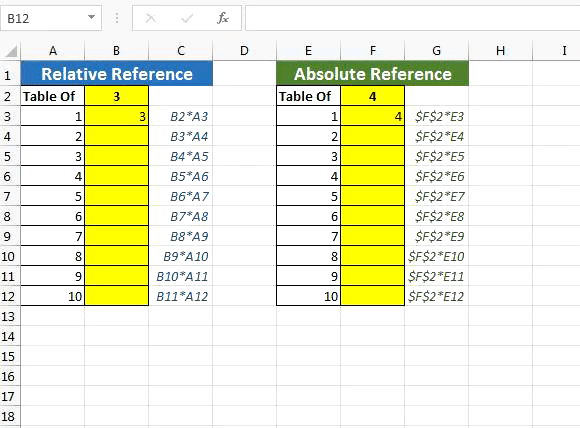
If you just want to copy data from one place to another then I cover that too. I say “Copy and Filter” because in most cases you will want to filter the data before you copy it. In this article, I’m going to show you the fastest and most efficient way to copy and filter data no matter what your task is. Install the Excel-to-Word Document Automation add-in and you’ll be ready to go.This article covers everything you need to know about Excel VBA Copy methods.īy “Excel VBA Copy Methods”, I mean the different methods you can use to copy data from one range or worksheet to another. To get to the app store, just click Insert > Get Add-ins. The Excel-to-Word Document Automation add-in is available in the app store. Plus, the add-in will continue to work if you insert cells, rows, or columns because the add-in relies on defined names … brilliant! Let’s get into the details. For example, this add-in will continue to work even if you change sheet names, file names, or file locations. While Excel has had this basic capability built-in for years or decades, this add-in addresses some of the traditional limitations. Once this mapping has been established, you can click a button to have any Excel changes sent to your Word document. Then, in your Word document, you retrieve the selected elements. You basically identify the specific items in Excel that you want to transfer.

However, if this is something you do on a recurring-basis, every day, week, or month, this add-in can be very helpful. But … wait up Jeff … I can already do that with a standard Copy/Paste! Yes, and for one-time projects, a copy/paste is all you need. It allows you to transfer values, images, and tables from Excel into Word (or Power Point). Objectiveīefore we get too far, let’s get a general sense of what the add-in does. Once the link is established, the data will continue to flow even if you change sheet names, file names, or file locations.

It can bring in tables, graphics, and values.

It creates a link between the documents making it easy to update the Word document for any Excel changes. In summary, it enables us to get Excel data into a Word (or Power Point) document. In this post, we’ll take a look at the Excel-to-Word Document Automation add-in. This is the next post in the add-ins series, where we are exploring various add-ins that enhance and extend the capabilities of Excel.


 0 kommentar(er)
0 kommentar(er)
